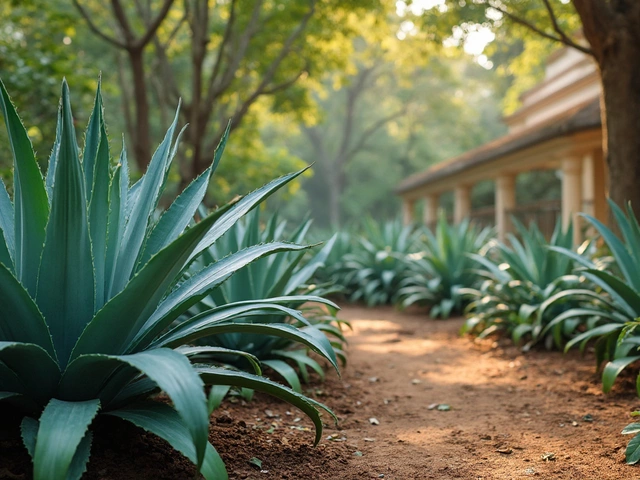Signs of Disease: Spot Plant Problems Early and Keep Your Garden Healthy
Ever looked at a leaf and wondered if it’s just a weird spot or the start of a real problem? Most gardeners miss the tiny clues that warn of disease until it’s too late. The good news is you can train yourself to notice those clues fast, and then take action before the whole plant suffers.
Common Warning Signs to Watch For
Plants give off clear signals when something’s wrong. Here are the most frequent signs and what they usually mean:
Yellowing leaves – If the yellow starts at the tips or between the veins, a fungal or bacterial infection could be taking hold. Nutrient deficiency can also cause yellowing, so check your soil pH and fertiliser routine.
Leaf spots – Small brown, black or tan spots often point to fungal diseases like leaf spot or anthracnose. If the spots have a yellow halo, that’s a classic sign of bacterial blight.
Wilting despite water – When soil is moist but the plant still droops, it may be battling vascular wilt diseases such as Fusarium or bacterial wilt. These pathogens clog the plant’s water transport system.
Unusual growths – Galls, cankers or corky bumps on stems are usually caused by fungal or viral infections. They can look harmless but often spread inside the plant.
Powdery or fuzzy coating – A white, powdery film suggests powdery mildew, while a grayish, fuzzy growth hints at downy mildew or mold. Both love humid conditions.
Notice any of these? Don’t panic—just move to the next step.
What To Do When You Spot Trouble
First, isolate the affected plant. This stops spores or bacteria from jumping to neighbours. Then, gently remove any heavily infected leaves or stems. Use clean scissors and sterilise them with alcohol after each cut.
Second, improve air flow. Trim overcrowded branches, space pots a bit farther apart, and avoid overhead watering. Most fungal diseases love moisture sitting on leaf surfaces.
Third, consider a treatment. For powdery mildew, a simple spray of diluted milk (1 part milk to 9 parts water) works wonders. For bacterial issues, a copper-based spray applied early in the morning can curb spread.
Finally, keep a record. Write down which plants showed symptoms, what you did, and the outcome. Over time you’ll see patterns—maybe a certain corner stays damp or a particular variety is more prone to disease. Adjust watering schedules, soil amendments, or even plant selection based on that data.
Early detection is cheaper and easier than trying to save a plant that’s already wilted beyond repair. By learning the basic signs and responding fast, you’ll keep your garden looking vibrant and reduce the need for heavy chemicals.
So next time you step into the garden, give each leaf a quick once‑over. Spot the yellowing, the spots, the wilting, and you’ll catch disease before it takes over. Your plants will thank you with bigger blooms, richer veggies, and a healthier ecosystem.
Root Rot Signs: Spotting Trouble in Your Indoor Plants
Root rot can silently attack your beloved indoor plants, often going unnoticed until it's too late. Identifying early signs like yellowing leaves and wilting stems can save your green companions. This article dives into the telltale symptoms, from soggy soil to discolored roots, and provides actionable tips for preventing and treating this common plant ailment. Learn to become a vigilant plant parent and protect your greenery from root rot.
About
Indoor Plant Care
Latest Posts


Discover the Marvel of the Agave, the Plant That Blooms Once Every 7 Years
By Alden Thorne Mar 8, 2025

Which Country Is 100% Vegetarian? Real Answers for Plant Lovers
By Alden Thorne May 22, 2025

Most Beautiful Flower in the World: Types, Facts, and Gardening Tips
By Alden Thorne Jul 31, 2025

